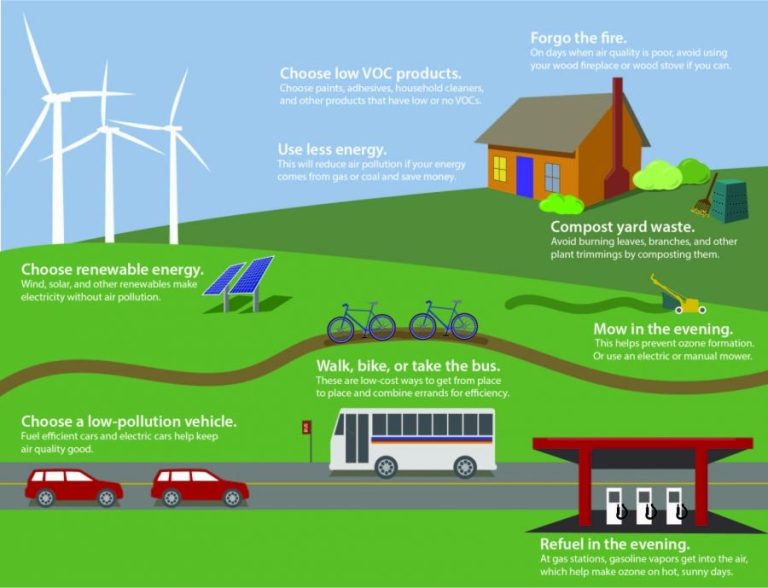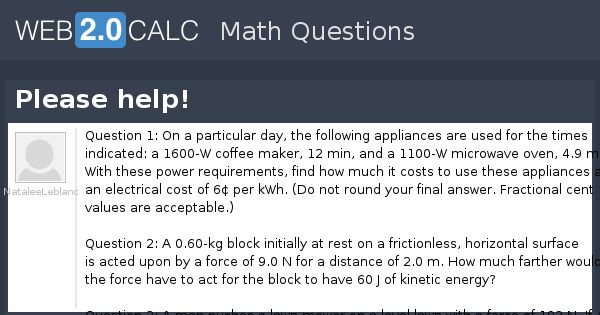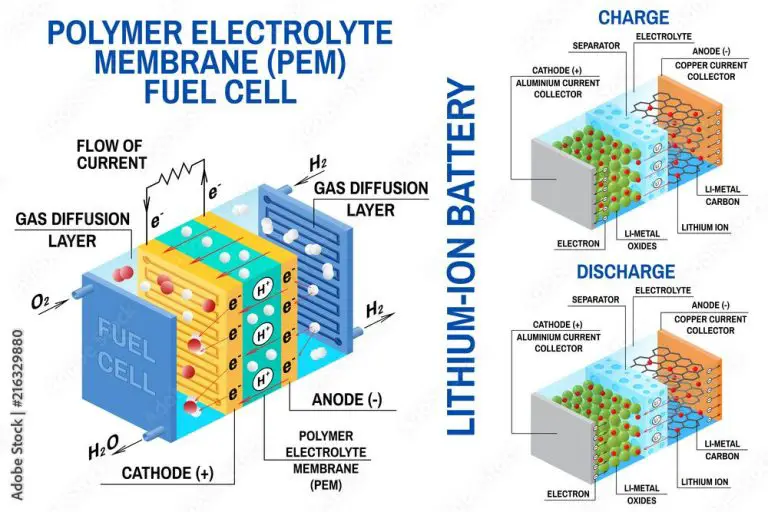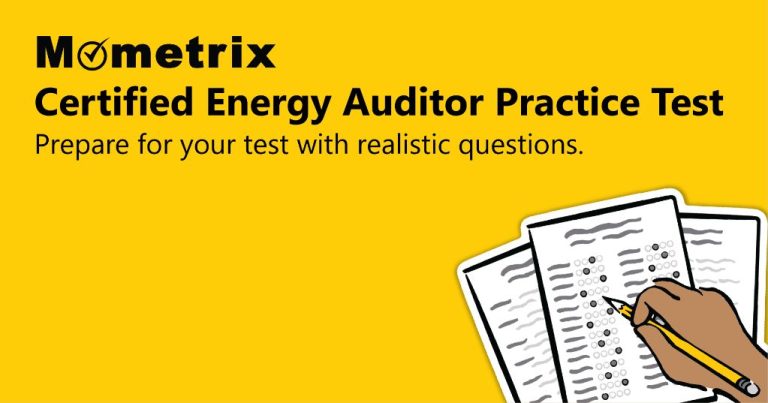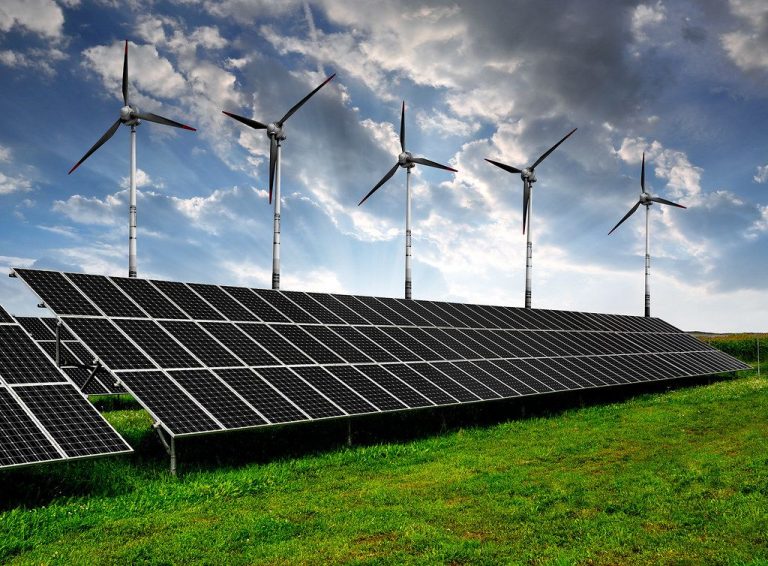How Can I Tell If My Appliances Are Energy-Efficient?
What Makes Appliances Energy Efficient
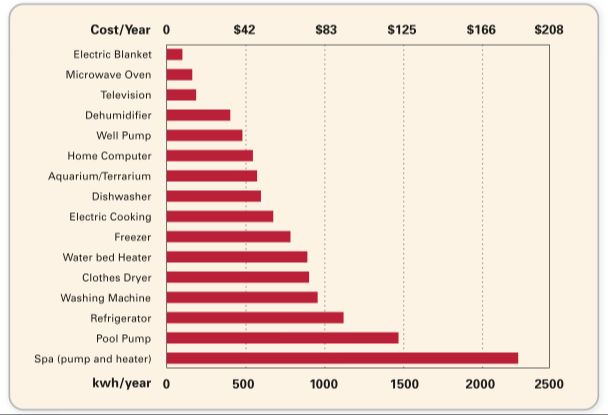
Appliances are considered energy efficient if they have earned the ENERGY STAR certification. According to the Environmental Protection Agency (EPA), ENERGY STAR certified appliances must meet energy efficiency requirements set by the EPA. There are a few key factors that can make appliances more energy efficient:
– Energy Star Certification – Appliances that have the Energy Star label have met strict energy efficiency guidelines. Energy Star appliances use 10-50% less energy and water than standard models (https://www.energystar.gov/products).
– High Energy Efficiency Ratings – Appliances are rated on a scale that measures energy efficiency. The higher the rating, the more efficient the appliance. Key ratings to look for include EF for refrigerators, MEF for dishwashers, and HSPF for heat pumps.
– Efficient Technology – Energy efficient appliances incorporate technology like variable speed motors, heat pump drying, sensor drying, etc. These features allow appliances to use energy more strategically.
Check the EnergyGuide Label
All major appliances in the United States are required to have an EnergyGuide label that provides key information on the appliance’s efficiency and energy use. The EnergyGuide label is yellow or orange and is usually found on the top or side of the appliance. The label has general information like the model number, manufacturer, and product type. It also provides the appliance’s energy consumption or energy efficiency rating (EER), compares the efficiency of that model against the average efficiency for similar models, and estimates the annual energy cost based on average use. Checking the EnergyGuide label is an easy way to immediately assess an appliance’s energy efficiency and compare energy use between different models. Look for appliances with higher EERs and lower estimated annual energy costs.
Sources:
https://consumer.ftc.gov/articles/how-use-energyguide-label-shop-home-appliances
https://www.energy.gov/energysaver/shopping-appliances-and-electronics
Understand Efficiency Ratings
When shopping for energy efficient appliances, there are two main ratings systems to understand – ENERGY STAR and CEE tier ratings.
The ENERGY STAR program, managed jointly by the Environmental Protection Agency and Department of Energy, identifies energy efficient products that meet strict energy efficiency guidelines. Appliances that have earned the ENERGY STAR label indicate they have met the efficiency criteria for their product category, saving energy and money over comparable models.
ENERGY STAR has different specifications for each appliance type based on product testing. For example, refrigerators must be at least 10% more energy efficient than the federal minimum standard. Washing machines need to be 37% more efficient than the minimum to qualify. Look for the blue ENERGY STAR label when appliance shopping.
The Consortium for Energy Efficiency (CEE) has also established a tiered rating system that categorizes appliances from least efficient (Tier 1) to the most efficient (Tier 3). Only the most efficient models will achieve CEE’s ‘Tier 3’ designation. CEE Tier ratings allow easy comparison between the efficiency levels of similar appliance models.
In addition, ENERGY STAR has a ‘Most Efficient’ designation to highlight exceptional appliances with cutting-edge efficiency. Products with the ENERGY STAR Most Efficient mark represent the top tier of efficient models.
Refrigerators
When shopping for an energy-efficient refrigerator, look for models with ENERGY STAR certification. ENERGY STAR refrigerators are about 9% more energy efficient than the minimum federal standard (Refrigerators | ENERGY STAR). Key features to look for include:
- Variable speed compressor – Adjusts cooling based on demand, using less energy.
- Counter-depth design – Takes up less space while still offering generous storage.
- Through-the-door ice and water – Eliminates opening the door frequently.
The average price for an ENERGY STAR certified refrigerator is around $1,000. While more expensive upfront, you can expect to save between $30 to $75 per year on utility bills compared to standard models (ENERGY STAR Certified Residential Refrigerators). Over the 15 year lifespan, that adds up to over $1,000 in energy savings.
Dishwashers
When shopping for an energy efficient dishwasher, look for models with good cleaning performance and features that help save water and energy. Some key features to look for include:
- ENERGY STAR certification – ENERGY STAR dishwashers are over 15% more energy efficient than standard models. Look for the ENERGY STAR logo when shopping.
- Advanced sensors – Models with soil sensors, temperature sensors and other smart controls only use the exact amount of water needed per cycle.
- High efficiency wash cycles – Cycles like auto, normal or smart wash get dishes clean using less water and energy.
- Air dry option – Air drying dishes instead of using a heating element cuts energy use.
- Low water use – Efficient dishwashers use 4-6 gallons of water per cycle versus 10+ gallons for standard models.
According to Consumer Reports tests, some of the most energy efficient dishwasher models for 2023 include the Bosch 800 Series, Miele G 7000 Series, and LG QuadWash dishwashers. Prices range from $800-$1,200 for higher-end ENERGY STAR models.
Compared to standard dishwashers, ENERGY STAR certified models use at least 15% less energy and 25% less water, saving about 3,870 gallons of water over the lifetime of the dishwasher. This can equal $40-$100 in lifetime savings on your utility bills.
Washing Machines
When shopping for an energy-efficient washing machine, look for models that are ENERGY STAR certified. These washers use advanced features and technology to reduce energy and water consumption.
Features to look for in an energy-efficient washing machine include:
- Front-loading design – more efficient than top-loaders
- High-efficiency (HE) agitator – gently tumbles clothes to use less water
- Variable water levels – only uses as much water as needed for each load
- High spin speeds – removes more water to reduce drying time
- Sensors – detects load size and soil level to optimize wash cycle
On average, ENERGY STAR certified washers cost $500-$900 upfront. However, they can save over $350 in utility bills over the lifetime of the machine compared to standard models. You’ll also save water and detergent with each wash.
Top picks for energy-efficient washing machines include front-load models from Samsung and LG.
Dryers
The most energy-efficient dryers have an ENERGY STAR certification. According to the ENERGY STAR website, ENERGY STAR certified clothes dryers use 20% less energy and can save $140 on utility bills over its lifetime compared to standard models. Key features to look for in an efficient dryer include:
- Heat pump technology – Heat pump dryers can reduce energy use by over 60% compared to conventional dryers. Models like the LG Heat Pump Dryer are recognized by ENERGY STAR as being the most efficient.
- Moisture sensors – These detect when clothes are dry and automatically shut off the machine.
- High efficiency motors – More efficient motors use less electricity.
- Vented designs – Ventless dryers recirculate hot air and require more energy to run. Vented models are more efficient.
On average, an ENERGY STAR certified electric dryer costs $600-$800. Gas dryer models range from $700-$900. While energy efficient dryers tend to cost more upfront, the electricity savings can lead to a payback in under two years.
Air Conditioners
When shopping for an energy-efficient air conditioner, look for models that have earned the ENERGY STAR Most Efficient certification for 2024. To qualify for this designation, room air conditioners must be at least 15% more efficient than the minimum federal standard, while central air conditioners must be at least 27% more efficient (Source: https://www.energystar.gov/products/most_efficient).
Key features to look for include variable speed compressors, which allow the unit to adjust cooling output based on conditions, and advanced filtration systems to remove air pollutants. Smart climate control and connectivity options can also help maximize efficiency. Expect to pay $200-$500 more for an ENERGY STAR certified room air conditioner versus a conventional model. For central air, ENERGY STAR models range from $3,500-$5,500 for the condenser and coil, with professional installation costs of $3,000-$4,000 on top (Source: https://www.nytimes.com/wirecutter/reviews/best-air-conditioner/).
Over the lifetime of the unit, an ENERGY STAR certified central air conditioner can save you more than $500 in energy costs compared to a standard model. With proper installation, maintenance, and settings, savings of 20-30% are possible (Source: https://www.energystar.gov/products/most_efficient). Investing in a high-efficiency system is one of the best ways to reduce home cooling costs and environmental impact.
Heat Pumps
When buying a new heat pump, look for models with higher Seasonal Energy Efficiency Ratio (SEER) and Heating Seasonal Performance Factor (HSPF) ratings, as these indicate more efficient units. SEER ratings for ENERGY STAR certified heat pumps range from 14 to 19+ [1], while HSPF ratings range from 8.2 to 12+ [2]. On average, an ENERGY STAR certified heat pump can reduce heating costs by about 50% and cooling costs by 20% compared to standard models [3]. Upfront costs for an efficient heat pump unit range from $3,000 – $8,000 installed.
Ovens/Ranges
When shopping for an energy efficient oven or range, there are several features to look for. One of the most efficient types of ranges is an induction range. Induction ranges heat pots and pans directly using magnetic energy, rather than relying on standard electric heating elements. This makes induction ranges up to 5-10% more efficient than a standard electric range (Source).
Other features that improve efficiency in ovens and ranges include convection cooking, self-cleaning, and precise temperature controls. Convection ovens use fans to circulate hot air more evenly, allowing food to cook faster using less energy. Self-cleaning ovens have better insulation to contain heat. And precise temperature controls like sensors and thermostats help prevent energy waste (Source).
On average, an ENERGY STAR certified oven or range will be about 8% more energy efficient and save around $35 per year on utility bills compared to a standard model (Source). When shopping, look for the ENERGY STAR logo and compare efficiency ratings to find the most energy and cost savings.

